10 Best Bird Foods For Winter And The Birds That Love Them
Keep your feathered friends happy and healthy with these important winter bird foods to help them thrive through the toughest season. See the list.
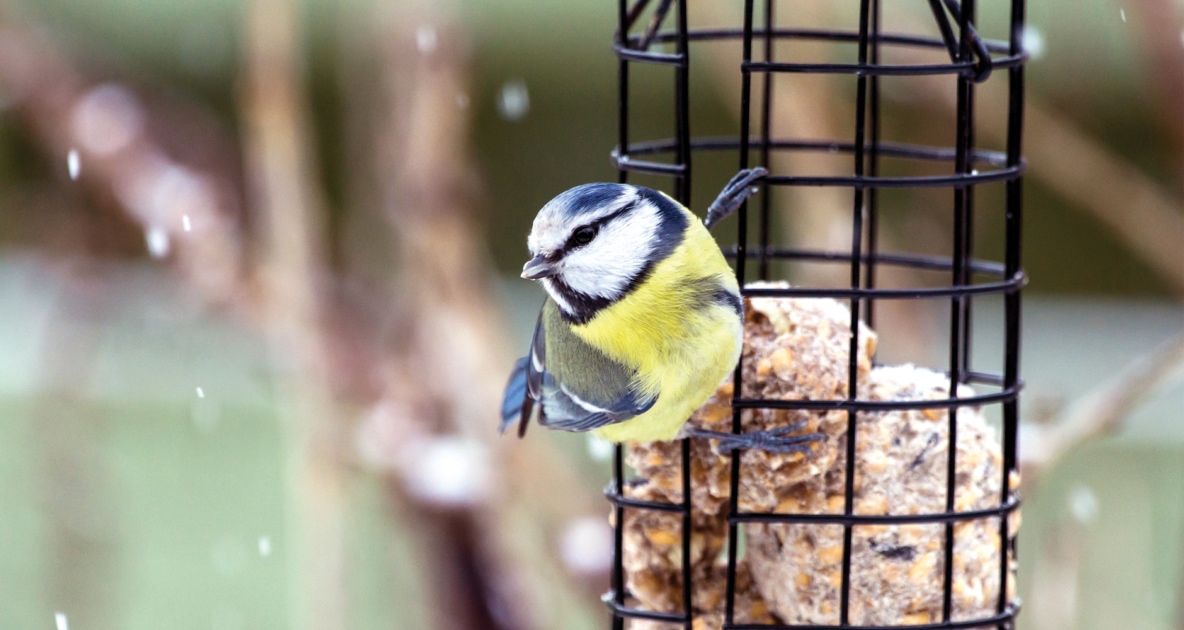
What is the best bird seed for winter? Birds need extra fat and calories in winter to keep their body temperatures up and survive the bitter cold, yet the coldest winter days are exactly when it can be hardest for them to find food. Feeding birds in the winter ca be a great help to birds when rich foods are only available at feeders. The foods and winter bird seed that will be most appreciated in your yard will depend on which birds are common winter guest. These 10 options are popular with many species that stay in our yards year-round.
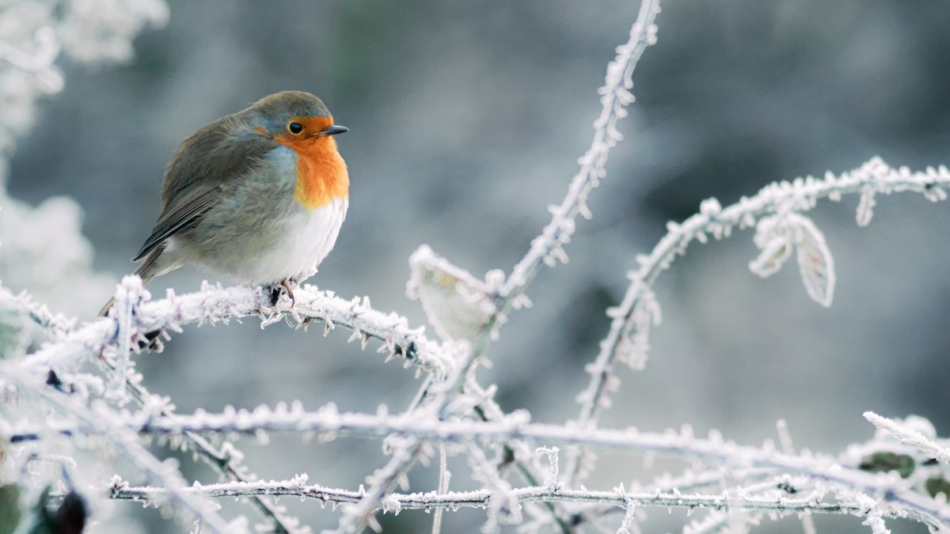
Top 10 Best Bird Foods For Winter
- Suet. Whether you offer suet in cakes, balls, shreds, nuggets, or chunks, it will always be a popular choice. It can be offered plain or mixed with other foods such as seed, insects, nuts, or fruit, and every variety will be enjoyed by winter birds. This includes woodpeckers, nuthatches, wrens, chickadees, jays, cardinals, and nutcrackers.
- Bark Butter. A spreadable form of suet called bark butter can be directly smeared on trees, creating an instant feeding station. This option is especially beneficial for birds that cling to tree trunks, such as woodpeckers, nuthatches, creepers, and other clinging birds like chickadees, as they can easily visit for a quick bite.
- Hulled Sunflower Seed. Shelled sunflower hearts and chips are ideal for all winter birds. Not only is sunflower seed high in fat and calories, but without shells, it is easier for birds to eat, and there won’t be messy hulls underneath feeders. Wrens, finches, siskins, cardinals, nuthatches, jays, and plenty of other winter visitors will enjoy this seed.
- Black Oil Sunflower Seed. The go-to staple of bird feeding, there’s never a bad time to offer black oil sunflower seed. While birds will have to work to open each seed and those hulls can build up under feeders, the hulls will also protect seeds from snow and ice so they don’t clump together or spoil as quickly. All sorts of birds will gorge on this seed, including cardinals, chickadees, titmice, finches, wrens, jays, and more.
- Peanuts. Larger birds or those with a more industrious attitude will appreciate high-calorie, fat-rich peanuts at winter feeders. Jays, nutcrackers, and woodpeckers can enjoy whole, in-shell nuts, while titmice, chickadees, and wrens are more likely to feast on shelled nuts and nut hear
- Nyjer. Allso known as “thistle” seed, is a tiny seed with high oil content. To prevent it from blowing away on windy days, it is best to offer Nyjer in mesh or sock feeders. Pine siskins, goldfinches, redpolls, purple finches, and other small seed-eating birds all prefer Nyjer.
- Fruit. Fruit-loving birds may migrate south for the winter, but some still enjoy the sweet treat of apple chunks, orange wedges, raisins, or fresh cranberries. These foods can be offered on platforms or festive strings, attracting thrushes, jays, finches, and waxwings for a visit.
- Millet. High in carbs and calories, millet provides quick energy for hungry birds. It can be offered hulled or whole, either in feeders or sprinkled directly on the ground. Juncos, sparrows, finches, wrens, doves, and quail will all appreciate this energy-rich food.
- Cracked Corn. While not the most nutritious option, cracked corn is a rich source of carbohydrates that can provide birds with good energy. It is more affordable and ideal to offer on the ground or in low feeders for birds with larger appetites, such as quail, grouse, wild turkeys, doves, and ducks.
- Mealworms. During the winter when there aren’t many insects around, insect-eating birds will flock to your feeder if you offer dried or live mealworms. However, only provide mealworms as a small treat. Bluebirds, thrushes, wrens, chickadees, nuthatches, and titmice will eagerly line up for their share.
For the most feathered fun when snow flies, offer as many of these top winter foods as possible and you’ll have a diverse, active flock feasting at your feeders all winter long.
Related:
Grow these plants to feed the birds

Melissa Mayntz
Melissa Mayntz is a writer who specializes in birds and birding, though her work spans a wide range—from folklore to healthy living. Her first book, Migration: Exploring the Remarkable Journeys of Birds was published in 2020. Mayntz also writes for National Wildlife Magazine and The Spruce. Find her at MelissaMayntz.com.


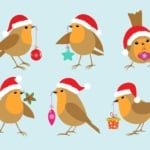
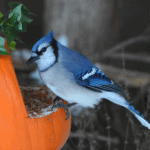
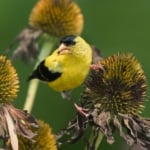

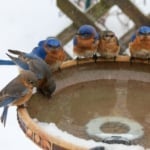
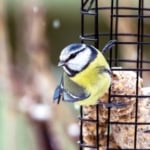
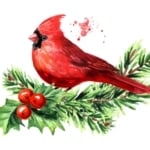
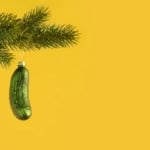
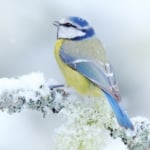
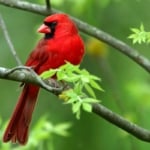
The bird in your article is a Blue Tit native to Europe. I assume the article is about North American birds. Perhaps in an article directed toward a North American audience should feature a bird native to the Continent. Just a thought.
Thank you for your comment, Ron. It is our understanding that the Blue Titmouse can be found on all continents (expect the poles and Australia). “The tits, chickadees, and titmice constitute the Paridae, a large family of small passerine birds which occur mainly in the Northern Hemisphere and Africa.” But it’s true that it is commonly found in Europe.